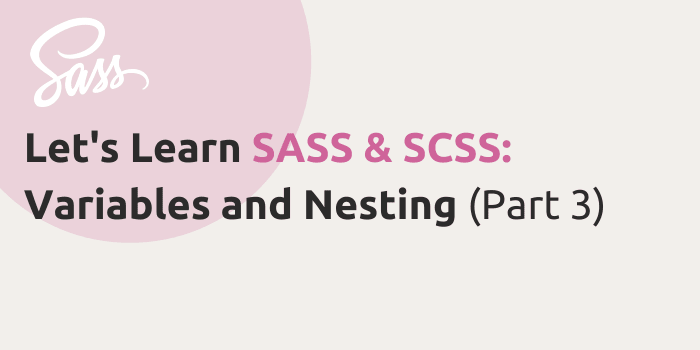gulpfile
More Posts
-
[Demo] Discord Bot: Reddit API Ask Feature
Read More
-
Git Good: Using Cherry-Pick to “Move” Commits
Read More
-
Testing File Uploads With Cypress.io
Read More
-
Quick Tip: Use Bash Aliases To Save Time on The Command Line
Read More
-
Let’s Learn SASS & SCSS: Variables and Nesting (Part 3)
Read More
-
Using debounce in Vue.js templates
Read More

![[Demo] Discord Bot: Reddit API Ask Feature](https://bparkerproductions.com/wp-content/uploads/2023/09/demo-discord-bot-reddit-api-ask-feature.png)





Comments